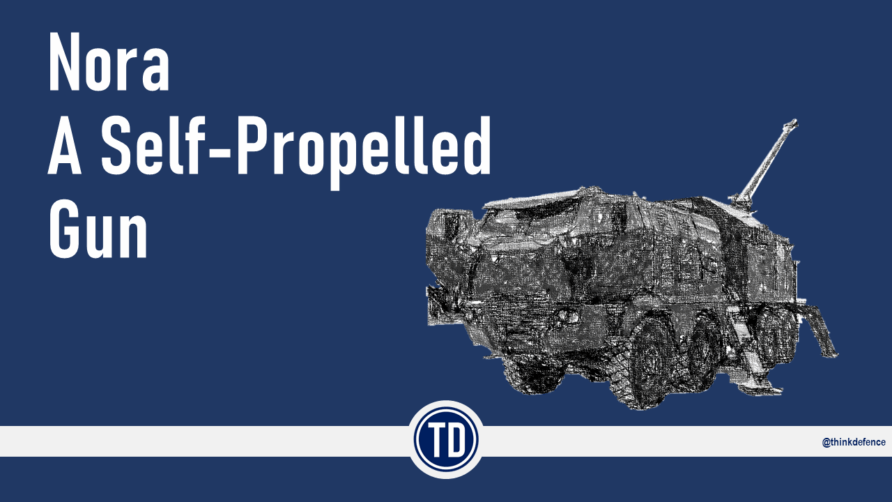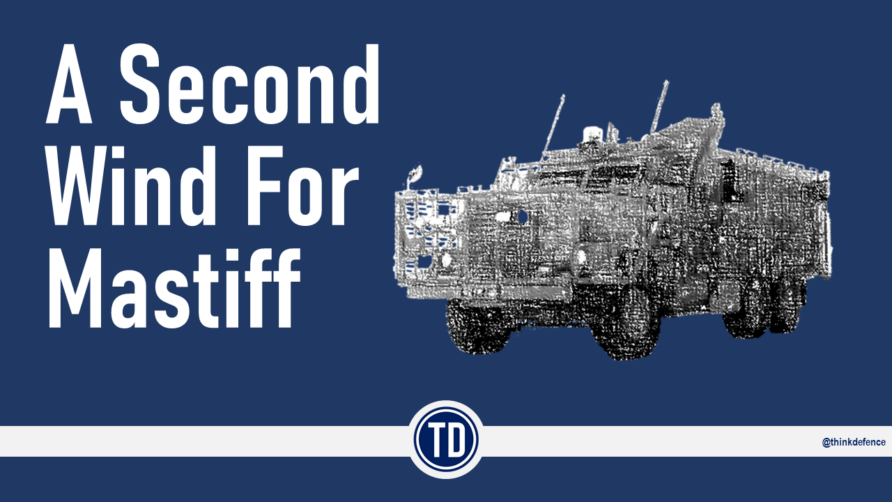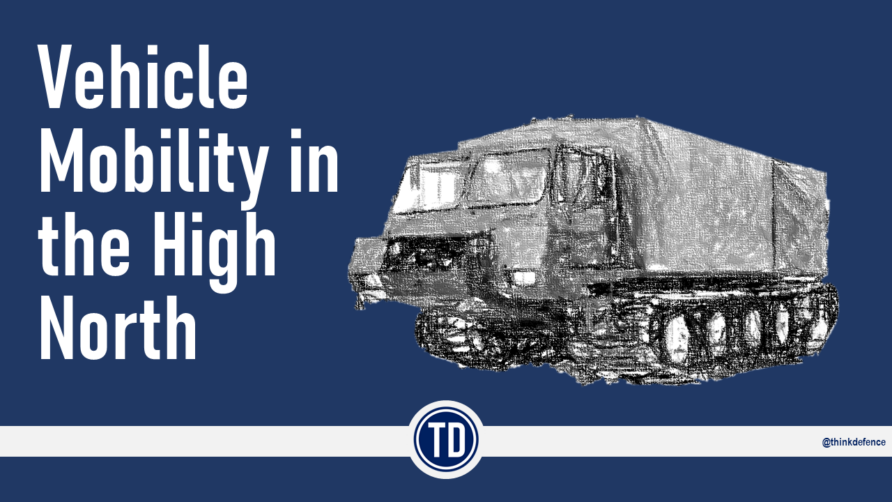This series of blog posts is I hope a fair-minded and accurate history of the British Army’s armoured and protected mobility vehicles from the Post War period to early 2023.
Even the most optimistic person would be hard-pressed to call the British Army’s vehicle programmes of the last two decades an unqualified success.
Civil servants, military personnel, industry, and politicians do not get up one morning and decide to create failure intentionally.
No, they work in good faith and try to make good decisions with the information they have to hand.
Those decisions may subsequently be judged harshly, but none of them is likely to be made with any malice.
It is far too easy to pontificate from the comfort of a keyboard whilst wearing the finest of 20/20 Hindsight Goggles, but it is difficult to ignore the reality of a much-diminished industry and a series of expensive failures.
If there is to be an improvement, criticism must be taken where it is due, and the evidence would suggest there is much room for improvement.
In many ways, the evolution of the British Army vehicle fleet is simply a mirror of historic world events, technological changes, politics and military thinking.
The current mainstay vehicles of the British Army are FV432, CVR(T)/Stomer, Warrior and Challenger 2.
Ajax, Boxer and CR3 are contracted, and all are due in service over the coming years.
Their story can be reasonably traced back to the post-war era, and this is where I will start.
As we all know, FV432 will still be in service when everyone else is riding around in antigravity tanks firing laser plasma cannons.
Document Information
With such a broad timescale and subject, the document utilises two structural features.
First, and for the most part, it follows a relatively linear timeline in which multiple aspects are shown. The objective of this is to lay down a record of events.
Second, there are several thematic sections that look at a single subject with a less rigid timeline approach.
At the end of the document are a summary and a series of observations.
This series has roots in many blog posts dating back to 2008 and the following long-form content, which it now replaces.
As such, it is an evolution, and it may well evolve again in the future.
This document has been completed without any official involvement and only using open-source data.
Much of that data is from sources such as Hansard, Manufacturer’s websites, printed materials, web forums and other websites.
It is therefore a reasonable assumption that some data points and observations may not be 100% accurate or valid. This is not meant as an authoritative document and should be seen in the context of an attempt to produce an honest account, but no more.
Supporting the production effort have been a number of contributing editors and commenters, all providing valuable insight, information, and error/spelling checking.
The list includes serving and retired military personnel, civil servants and industry employees, all with unique perspectives on the story.
Some wish to be known by usernames (Challenger 2, DejaVu, ArmchairCivvy, LostInTranslation, Ravenser, Chris, The Other Chris, Monty, Mr Fred), others their own names (Chris from the Defence with a C blog, Raymond Powell) and some others remain anonymous or named by a title such as the Chief Designer from Anglo Engineering Concepts.
I thank them all, I have no idea why there seem to be many people named Chris!
Without their assistance, this document would have been much poorer.
Next up…
The Fifties and Sixties
Discover more from Think Defence
Subscribe to get the latest posts sent to your email.




Reference Chrises of and in the World, It's a cool, mellow name, Chris that's probably why. Your Regarding "Civil servants, military personnel, industry and politicians do not get up one morning and decide to create failure intentionally", agreed not over one morning they don't, takes a long time to shuffle and discard people and turn emphasis from people to wealth, as regards that I should stop there. I, as I think with Navy think its the overall outlook where the fault lies, we are told cutting back here, there and necessary to is it true? If not design for a big wide ranging force, to me I get the impression a lot think there are lies and misreporting aplenty. We seem to be building an across the range match military whether some are stuck in their ways or some know there are lies afoot, I can only guess. My own opinion there are over 170 countries worse off, we can't be that poor, CSes, top with HS2 has a salary of over 500k[he's not voted in either], median for top CSes being 150k so I've read, those are preposterous afaic; our MPs are on 80k and they hold no local to constituency responsibility nowadays so are like voting agony aunts or social workers so are on twice as much as they should be on given their current roles and 1/3 more than if they actually had responsibility[lead or deputy] by email over city/Town they from or less Parli sessions. As yours, this piece as i write this so far is an intro from you I apologise for jumping in and will keep it vagueish, I think mobility should be our thrust personally..big mastiffs are all very well if they served purpose+don't blow up easily against purpose but tactical speed, lightness and nature our military is used I think should be the point. It should be used for British Interests, not even 1st and foremost from me, solely would be my retort if in power. I'm more a fast landrovers, helicopters, chinooks and gunships type of person. Back it up with tanks and updated warriors fighting vehicles as regards vehicles. We don't have the size of military to be anything but backup boys our current size going in on jobs which we shouldn't be anyway. Let's be honest we are not going to be fighting USA, China or Russia face to face any time soon, other than be there to create to show and a hold the line, until talks fail and we go nuclear. Other nations we can have a pretty good shot at going at alone or increasing our size so we can, we're British we're not gung-ho Harrys, we don't go in for natural new gain, we untilnlast few years havent seemed corrupt or greedy at the top or puppetted from abroad so likely only to aid defence of an ally at home or would be take back of what justified and recent. You say we can't do that we have to base it on what we see current, and I would say yep, it's a shame there appears a we know whats happening and must go forward on a broad basis to not interfere with currentvsituation when it doesn't match our size-its like we all know we should be bigger militarily but aren't. I for one, saw a recent still, might even have been yt vid of HMS Dauntless or Daring leaving port very recently and I think our industry is corrupted but looking at that ship its not actually that bad, it actually looks pretty good, whether or not if it was just to give the ship pure aesthetics improve, thextecent refit, for me it worked, that's how the world is, the black scanner on it looks pretty sexy now, whether it always did I don't know. Its a world of sight, beauty and visual wizadry. They say modern planes fly slower fastest speed than they used to, phantom f4s eclipsing the more recent. There's apparently good reason for our modern fighters being slower. In non military industry I'm fairly sure it's greed driven and technology advance is not released for sake of greed and getting every drop of money out of current and waiting until time is right to release and do the same for the next thing. It's no longer a for the world, let's advance it, greed is bad opinion by those in power. I have no idea what volume of Challenger 2s are going[?] / being given [?] to Ukraine but for me it's a bad thing. As soon as I heard the number we were losing to instead get a far fewer number of Challenger 3s a few years back I was on it, and it seems to me they've just found another way for us to lose the things. I think we are always going to have certain problems in this country with the present government and friends and foreign influence upon us as it is. I find it laughable the new 6th generation Franco German Spanish fighter jet looks similar to the month or so back new 6th generation US fighter which in itself looks remarkably similar to the mainly YouTube advertised and well before the US announcement of its, well the British supposed 6th generation fighter. .Who on earth do they think they are trying to kid. I am not in the least bit fooled by this to the actual status quo. It is worth noting, the US,carrier trainer, I think called the GosHawk looks remarkably similar to the British Hawk Trainer Jet. Watch Xmen Origins film, there's mention of the Harrier and Boeing and Lockheed Martin in the same long sentence, so we'll be losing knowledge of invent on that soon will we, poor memories for Hawker-Siddeley. Bae with both a PLC and an Inc just so the USA can do deals with them, lets have 2 Burger Kings,eh, 2 Ford's, whichever, one having a heavy British/Britain involvement. Our military and development is in a quandary, we can't just say NO ..NOTHING WE DO NOTHING, when the government ignore and don't care, they'd be happy for us to turn to 2 cans and a length of string before they acknowledged what's happening with Britain and the World nor can we rollover and say yes INC everything, a lot of us actually like being British, liked the flag with 2 diagonal red crosses. Its not worth not talking about our future though and what we can or should do and also what we've done or failed of recent in, its all valuable for the future, just every new this/that, replacement this/that and grand expenditure, with Britain as it is, it sends a cold shiver up me.